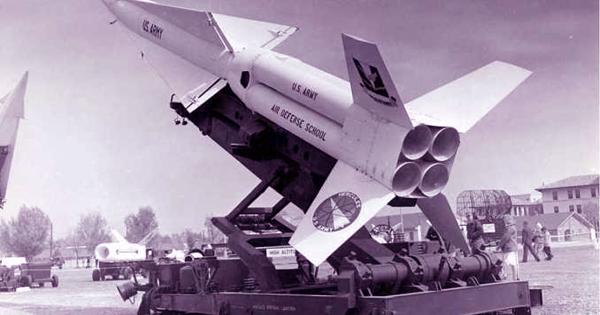The data transfer failure was initially described as a technical problem; however, Russia’s Deputy Foreign Minister Sergei Ryabkov later said in a statement that the country’s cooperation in international radioactive monitoring should not affect “perfect volunteers” and the development of their weapons. In other words, “think of your own business”.
The international community is now questioning whether the outage was part of a coincidence or a covert nuclear accident in Nyonoksa, Some Siberian radiation-monitoring stations have now resumed sharing their data. This spike is about five to 20 times the background dose of 0.1 and 0.4 microsieverts per hour, although it is nowhere near as deadly and harmful. On Thursday, August 8, 2019, an explosion at a military test ground in the Arkhangelsk region of Russia caused radiation readings in neighboring cities to reach 2 microsieverts per hour for about 30 minutes.
Since then, speculation has been rife that NATO allies have failed to launch the dubbed 9M730 Burevestnik missile, dubbed “Skyfall,” an experimental nuclear-equipped cruise missile of intercontinental range powered by a nuclear reactor. Nevertheless, Russian authorities have confirmed that five people were killed in the blast, all of whom are believed to be weapons scientists. Publicly, the Russian state nuclear agency ROSATOM was excluded, claiming that the explosion was a “radioisotope energy source” rocket engine.
In theory, a missile powered by a nuclear reactor could revolve around a near-indefinite energy source. The atomic nucleus splits into two or smaller nuclei and forces the nucleus through a process known as fission. Since this is an extrinsic reaction, the splitting of heavy elements releases a large amount of heat and energy, including relatively little fuel.
At the unveiling of the superweapon in March 2018, President Vladimir Putin said the missile had a “practically unlimited range, incredible flight path and the ability to uncover virtually all barriers”, adding that it was “free for all existing and future anti-missiles,” Air defense weapons.” The weapon is highly controversial.
“I think the concept of this system is a risky system. This is probably riskier for the Russian people than for the American people. If it crashes it can emit radiation. ” “Effectively, Russia is considering flying around nuclear reactors,” William Tobey, a former deputy administrator of the U.S. National Atomic Energy Agency, told the Associated Press.















